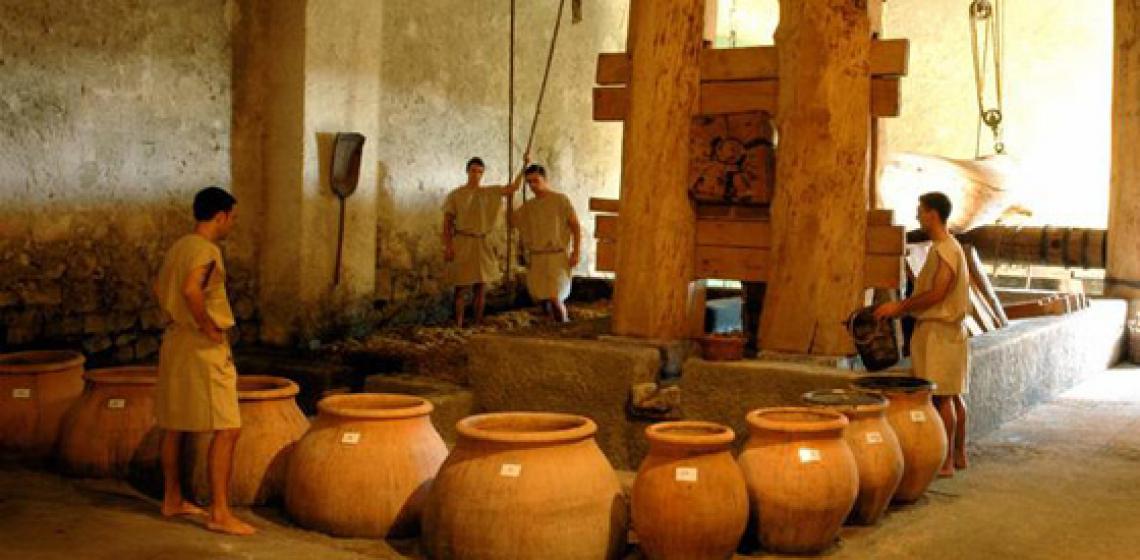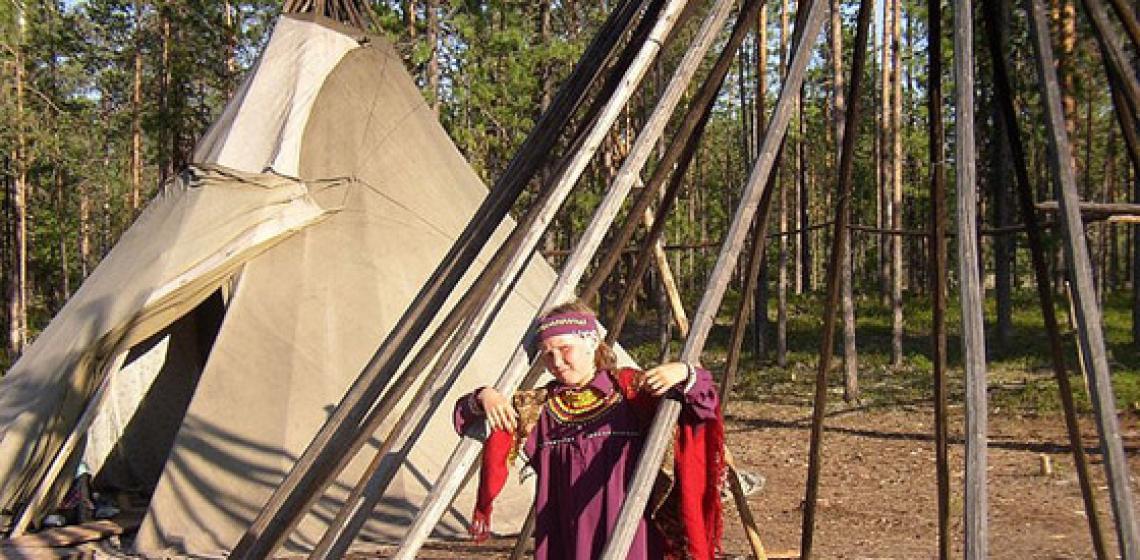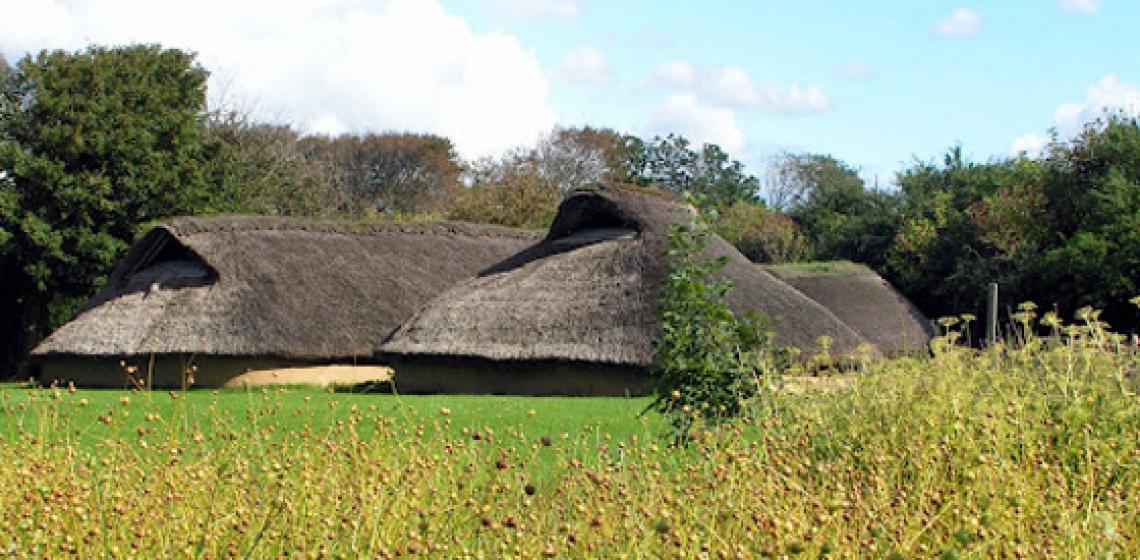Römervilla Möckenlohe (DE)
The association behind the Roman Villa was founded in 1983 in order to safeguard in cooperation with the Bavarian Landesdamt für Bodendenkmalpflege the excavated walls and artefacts. As a second step, together with the Landesstelle für die Nichtstaatlichen Museen, one reconstructed the central complex of the Villa Rustica on top of the original foundations and exhibited all artefacts on the original spot.
The association behind the Roman Villa was founded in 1983 in order to safeguard in cooperation with the Bavarian Landesdamt für Bodendenkmalpflege the excavated walls and artefacts. As a second step, together with the Landesstelle für die Nichtstaatlichen Museen...









